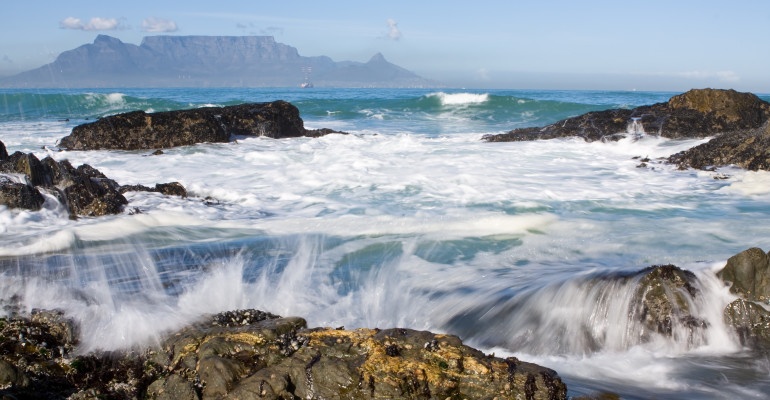
Thrilling victory: Habtoor Polo
The thrilling Gold Cup finals kicked off with Dubai Wolves...

The thrilling Gold Cup finals kicked off with Dubai Wolves...
Traditionally, the Silver Cup, held at handicap level 20, marks...
25.000 of spectators who strolled through the PoloVillage, enjoyed the...
Fashion is fast-moving, collections change with the seasons and often...
Dermatologists and cosmetic studios have been successfully offering light therapy...
Working in the United States, emerging democracies, and democracies in-conflict...
The thrilling Gold Cup finals kicked off with Dubai Wolves by CAFU securing the..
Read More25.000 of spectators who strolled through the PoloVillage, enjoyed the exclusive atmosphere and..
Read MoreFashion is fast-moving, collections change with the seasons and often even..
Read MoreDermatologists and cosmetic studios have been successfully offering light therapy as a skin treatment..
Read MoreA modern maharaja: blending tradition and progress. His Highness Sawai Padmanabh Singh, the 303rd..
Read MoreThe Rolls-Royce La Rose Noire, an extraordinary motor car, presented to the clients who..
Read More
Under the poorest of circumstances, South Africa’s illegal abalone divers live in small villages dotted along the Cape’s coastline. More than 4000 years ago, their ancestors already fished the seas for abalone, the protein-rich snail meat representing one of their staple foods. However, since Asian gourmets discovered their passion for the ‘white gold’ and the abalone population along China’s and Japan’s coasts was no longer able to satisfy the increasing demand in the mid-1990s, the Chinese mafia went on to discover the rich abalone fields along the coast of South Africa for themselves as a major source of revenue.
As a result, the price for one kilogram of abalone on the international market more than trebled. The end of the apartheid era and the associated depreciation of the South African Rand was only grist to the mills of the Triads. During the following years, abalone was fished in huge quantities. Fishing quotas were ignored and even the South African government’s complete ban on fishing for wild abalone issued in 2008 proved ineffectual. The so-called ‘clear-up crews’ under the control of the Chinese mafia continue to fish as much as they possibly can.
They arrive in rubber dinghies under cover of darkness. The divers quietly glide into the water, heavily guarded by men with machine guns and night-vision goggles. The focus is on maximum profit, not on safety. The men dive at their own risk – there would be no-one to care for any surviving dependents. Far from it: if one of the divers comes to harm, there would be three other villagers ready to take over his perilous job. And who could blame them: after all, a good illegal abalone diver earns more in one night than a policeman or municipality official in an entire month.
In days gone by, there were more than 50 abalone per square metre along South Africa’s coastline. These days, many species are threatened by extinction and South African officials are powerless. Only occasionally are the police able to catch illegal abalone thieves, as the latter are far too well organised and their influence is great.
Various countries are attempting to breed abalone in aquaculture, but the effort is enormous. Some species take up to 30 years to grow to full size. Apart from South Africa, Japan and China, abalone also occur along the coasts of New Zealand, Australia and Mexico. Irrespective of whether bred in aquaculture or caught in the wild, abalone is virtually non-existent on the European market, as the Chinese and Japanese are depleting the entire world market.

The thrilling Gold Cup finals kicked off with Dubai Wolves by CAFU securing the initial

Traditionally, the Silver Cup, held at handicap level 20, marks the start of the Dubai

25.000 of spectators who strolled through the PoloVillage, enjoyed the exclusive atmosphere and soaked up
[user_registration_form id=”9713″]
Membership as a POLO & LUXURY Insider is free.
POLO & LUXURY do not share your data with third parties.
[user_registration_my_account redirect_url=”my-account”]